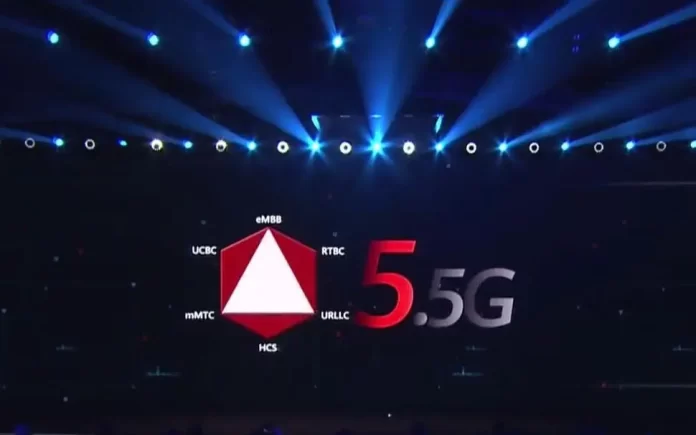According to the Science and Innovation Board Daily’s Thursday report, during the 2023 Global Mobile Broadband Forum, Huawei released the world’s first full series of 5G-A product solutions. This includes the industry’s first dual-band 64T MetaAAU and the ELAA dual-band fusion array.
As the 4th anniversary of 5G commercial use approaches, the advanced version of 5G, called 5G-A (5G-Advanced/5.5G), is set to debut. Huawei predicts that by 2024 the industry will usher in the 5G-A era. Large-scale antenna array (ELAA) technology, already in use in 5G networks, has significantly enhanced TDD coverage and energy efficiency. During the 5G-A era, the ELAA technology will continue to evolve. Currently, China Mobile and other operators have joined forces with Huawei to lead the completion of 5.5G technical verification and achieved verification of various technological performances including ELAA and intelligent offloading.
In the secondary market, Shobeide closed 20CM limit-up on Friday, with its stock price surging by as much as 58% this week. Looking back, since its low point on August 25, the company’s stock has risen by up to 125%.
It is reported that Huawei’s 5.5G can provide a downstream rate of 10Gbps, a tenfold increase from the original 5G’s 1Gbps, and also delivers a tenfold enhancement in latency, positioning, and reliability. A CITIC Securities report indicates that with critical technical breakthroughs, ultra-wide bandwidth and large-scale antenna arrays have demonstrated terabit capabilities. In the 5G era, large bandwidth and multiple antennas are essential for a next-gen experience, delivering Gbps capabilities. With 5.5G technology making further advancements, ultra-large bandwidth and ELAA technology become the key to a tenfold upgrade in 5.5G capability.
Data shows that ELAA refers to a large-scale antenna array deployed based on ultra-large aperture array technology. ELAA can achieve higher frequency band coverage equivalent to the C-Band, making on-the-go 10Gbps possible. As 5G enters a period of rapid development, massive antenna arrays have become the recognized direction for 5G tech evolution. Market analysis suggests that as the primary mobile communication technology before 2030, 5G presents a long-term and clear tech evolution path. The large-scale commercial use of 5G worldwide has laid a solid foundation for 5G-Advanced, and the technical progression of ELAA will accelerate the rapid implementation of the 5G-A era.
Analyst Ma Chenglong’s research report from September 19 believes that 5.5G, as an evolution and enhancement of 5G, achieves a tenfold improvement in connection speed and latency. Technically, ultra-wide bandwidth, ELAA, and carrier aggregation technology are key to boosting rates. Hence, 5.5G requires higher radio frequency performance and quantity for base stations. The network characteristics of 5.5G also help further drive consumer applications like XR and business applications like AI quality inspection. It’s recommended to pay attention to base station radio frequency, antenna industry chains, equipment vendors like ZTE, and the three major operators.
Analysts Zhang Ying and Wang Wanting’s report from September 15 believe that Huawei’s proposal of ultra-large bandwidth + ELAA-MM (Massive Antenna Array M-MIM) is crucial to achieving 10Gbps. Base stations using the current ELAA technology of MetaAAU (3.5GHz/2.6GHz) are already commercially available in over 30 cities. As communication frequency bands evolve to 6GHz and even higher, there will be new demands for the performance and quantity of base station antennas and radio frequencies. Communication, Wuhan Fangu, and Feirongda are expected to benefit.
Incomplete statistics show that A-share listed companies involved in ELAA technology mainly include Feirongda, Xinwei Communications, Shobeide, Communication Communications, Shenglu Communications, and MegSmart.
